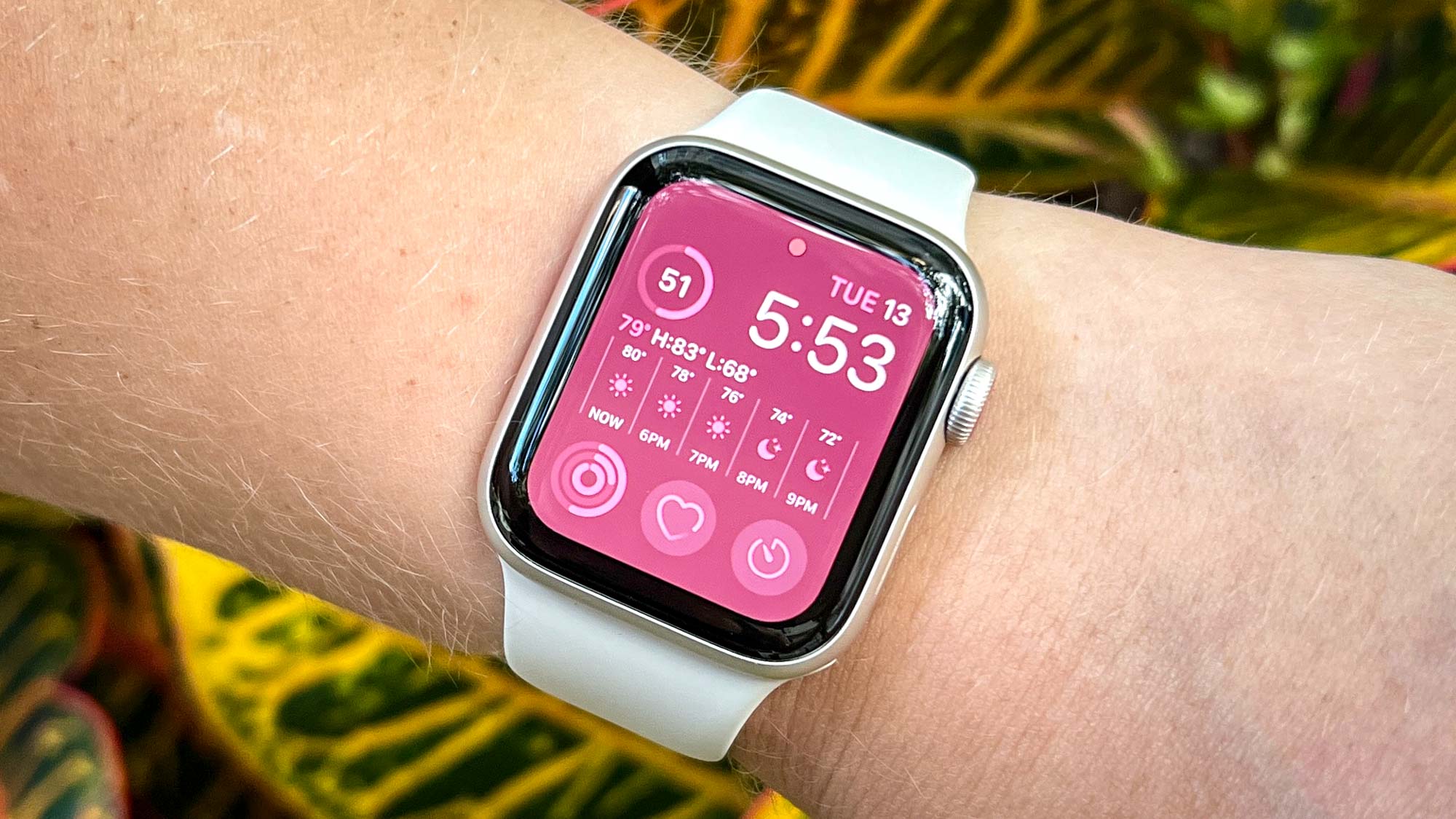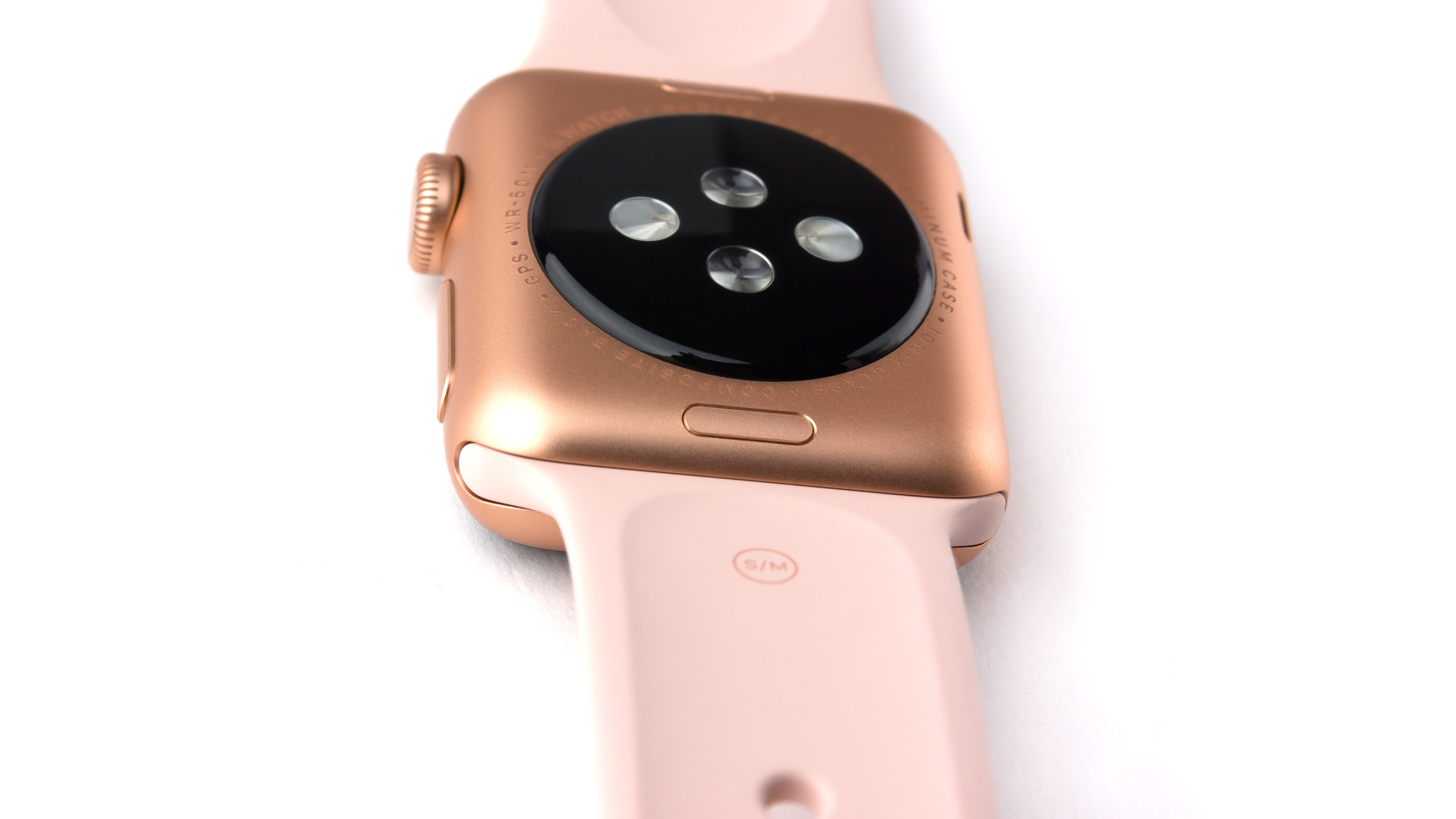Apple Watch tipped for non-invasive blood sugar tracking that could help millions of people
Glucose monitoring on the Apple Watch a ‘really important area’ says Apple VP

The Apple Watch already tells wearers their heart rate and blood oxygen levels, but soon it may be able to determine the amount of blood sugar in their system, too.
Non-invasive glucose monitoring would help millions of people manage diabetes and has been tipped as a “really important area” by Apple’s vice president of health, Sumbal Desai. Speaking to Indian publication Businessline, Desai said the capabilities “require a lot of science” to implement them.
But if Apple is aiming to hone the Apple Watch’s health credentials even further then glucose tracking is a crucial target to aim for. It would open the device up as a vital tool to the 422 million people worldwide living with diabetes. Many of whom have to endure finger-pricking blood glucose systems multiple times a day.
In the U.S. alone, the CDC’s National Diabetes Statistics Report found in 2020 that 34.2 million Americans — practically 1 in 10 — have diabetes.
And, in fact, this is something Apple has been working on for years.
Desai’s comments dovetail with a report last week from Bloomberg’s Mark Gurman who, citing unnamed sources, claimed non-invasive glucose monitoring is “viable” but is still in the “proof-of-concept” stage. He added the challenge will come from fitting it into the Apple Watch’s small form factor. Apple’s prototype sensors are around the size of the iPhone as a whole — so shrinking it down to fit the Apple Watch’s chassis will take some doing.
Not dissimilar from how the Apple Watch collects its heart rate readings, blood glucose relies on a laser system called optical absorption spectroscopy. The light from the laser is absorbed by glucose within interstitial fluid and any resulting reflection is used to determine the body’s glucose levels.
Sign up to get the BEST of Tom's Guide direct to your inbox.
Get instant access to breaking news, the hottest reviews, great deals and helpful tips.

According to Desai’s interview, Apple is only at the “beginning” of its journey into health and is “laser-focused” on collaborating with the medical community to build into the health space.
That means it's unlikely that we'll see this feature implemented in time for the Apple Watch Series 9, though we could see it within the next few years.
Desai told the site Apple wants to “understand your health sooner and earlier” and let people “feel like they’re empowered and educated to drive their own health care”.
More from Tom's Guide

Jeff is UK Editor-in-Chief for Tom’s Guide looking after the day-to-day output of the site’s British contingent.
A tech journalist for over a decade, he’s travelled the world testing any gadget he can get his hands on. Jeff has a keen interest in fitness and wearables as well as the latest tablets and laptops.
A lapsed gamer, he fondly remembers the days when technical problems were solved by taking out the cartridge and blowing out the dust.
